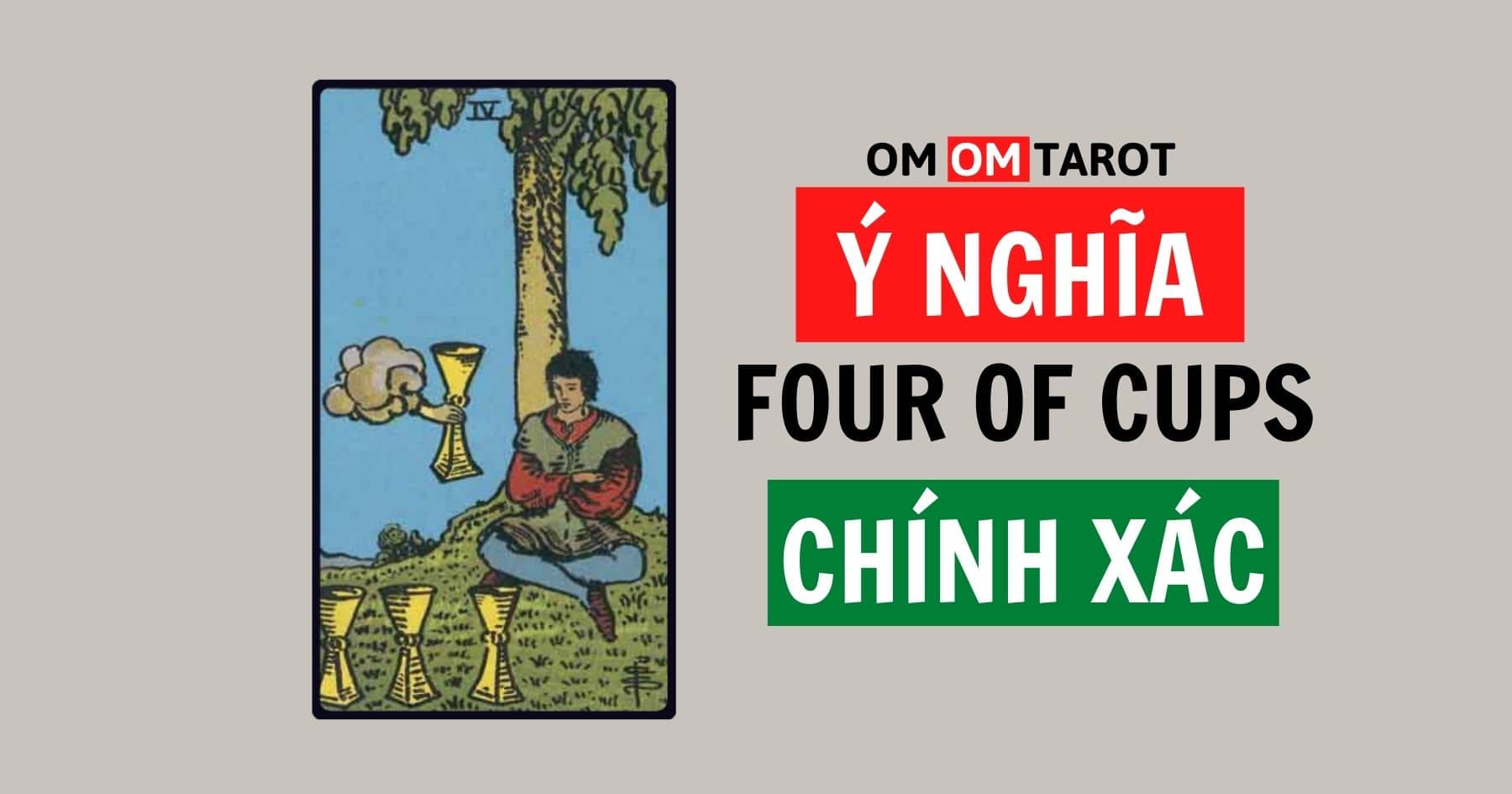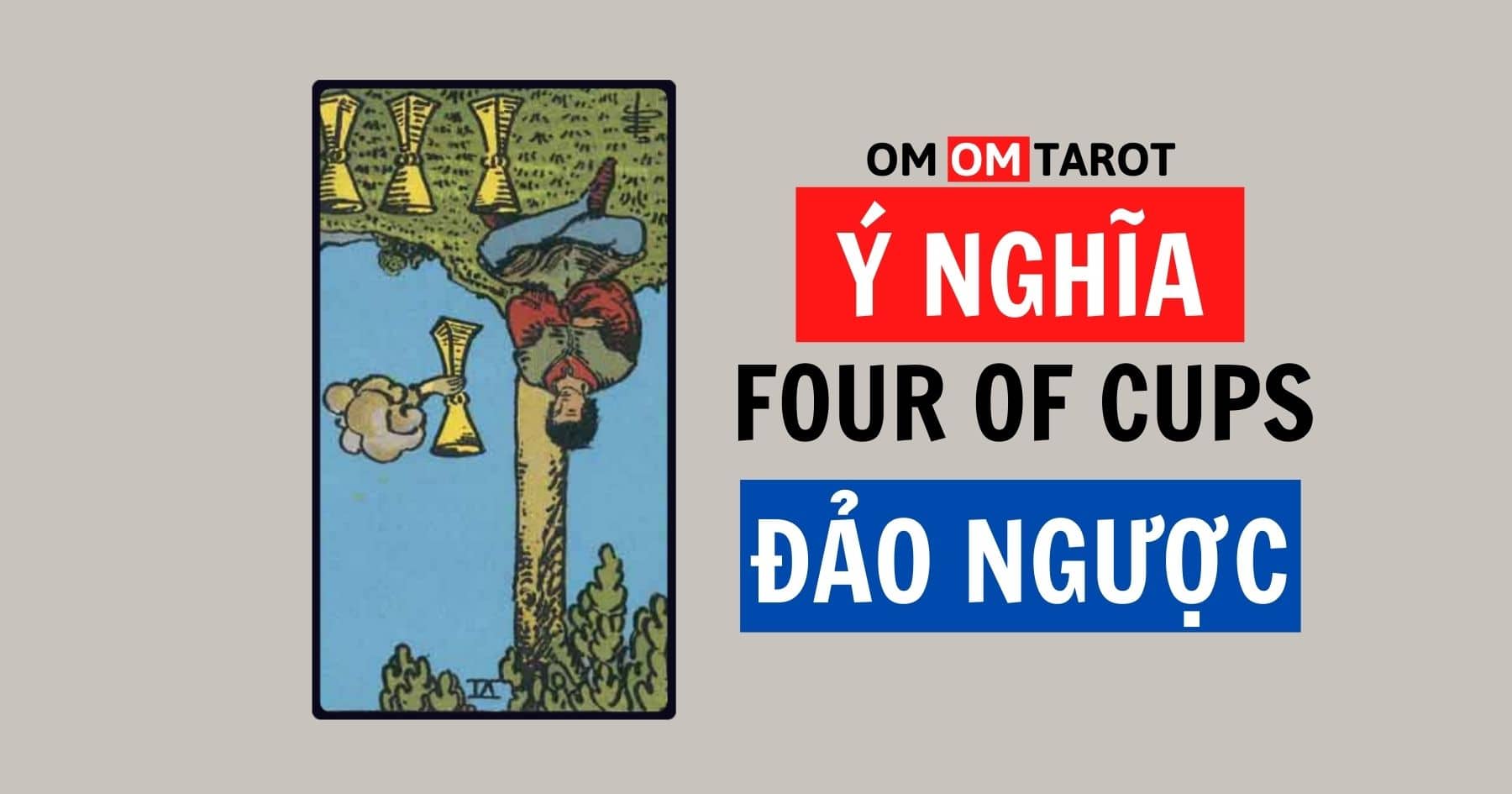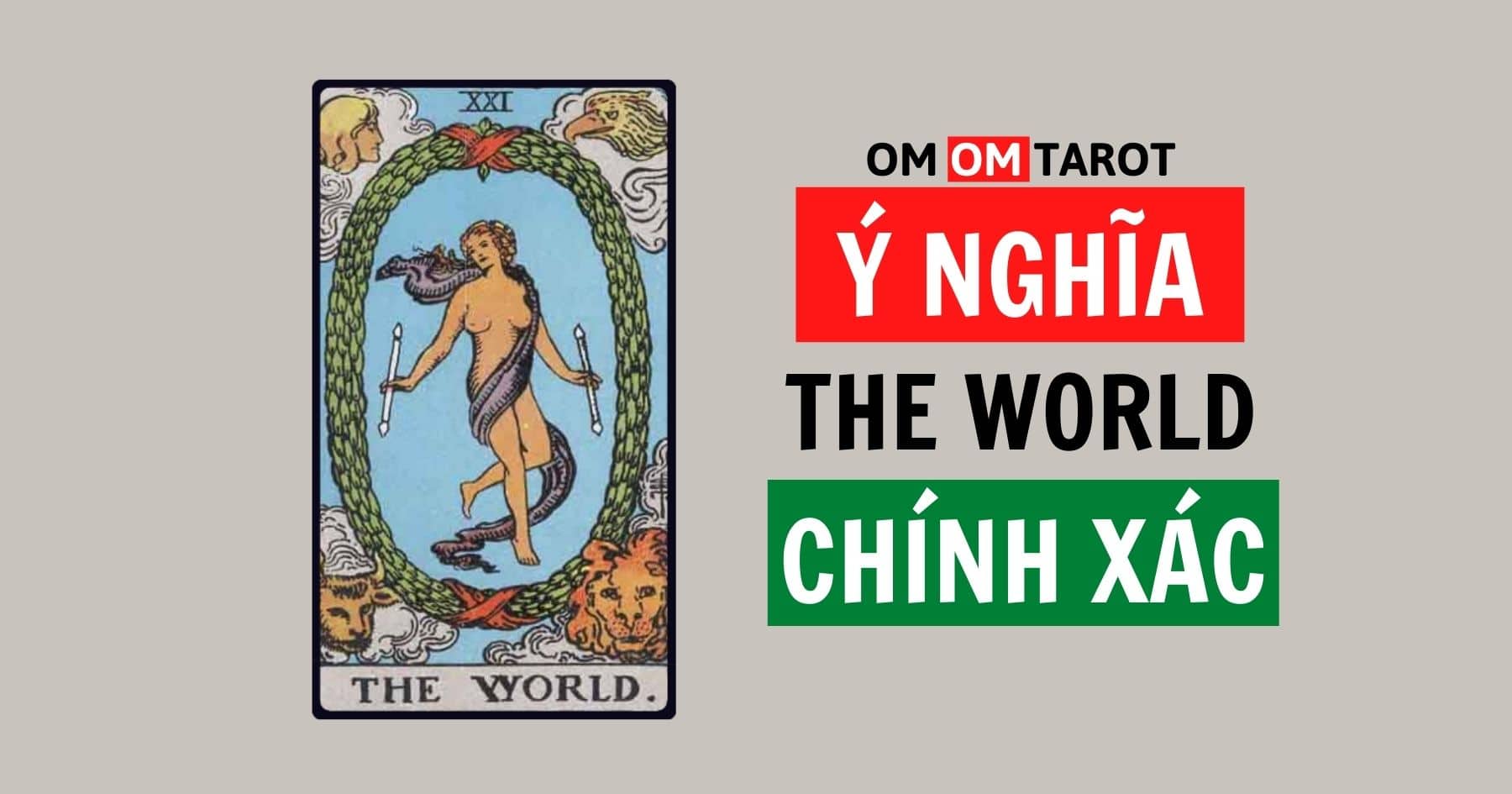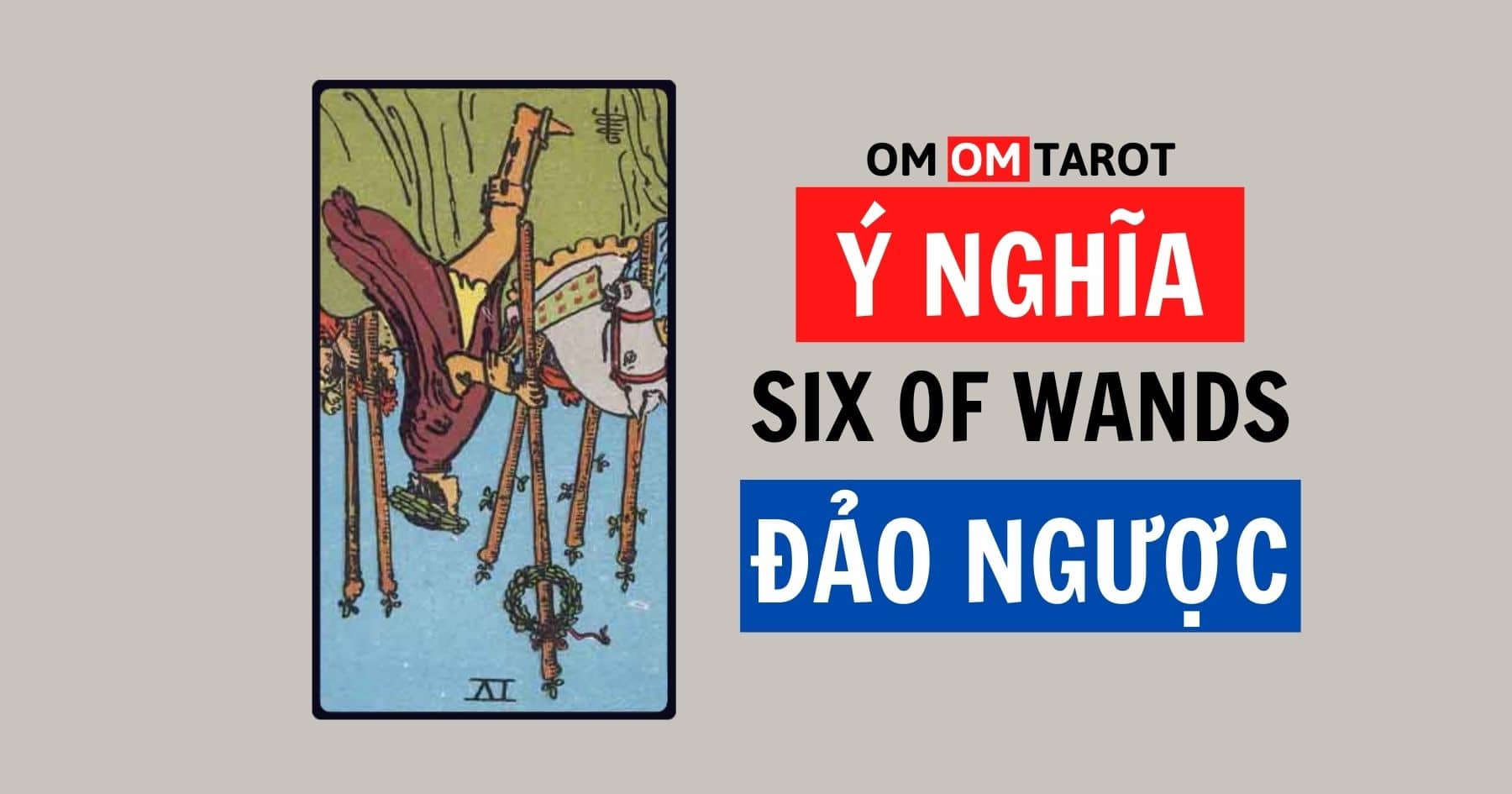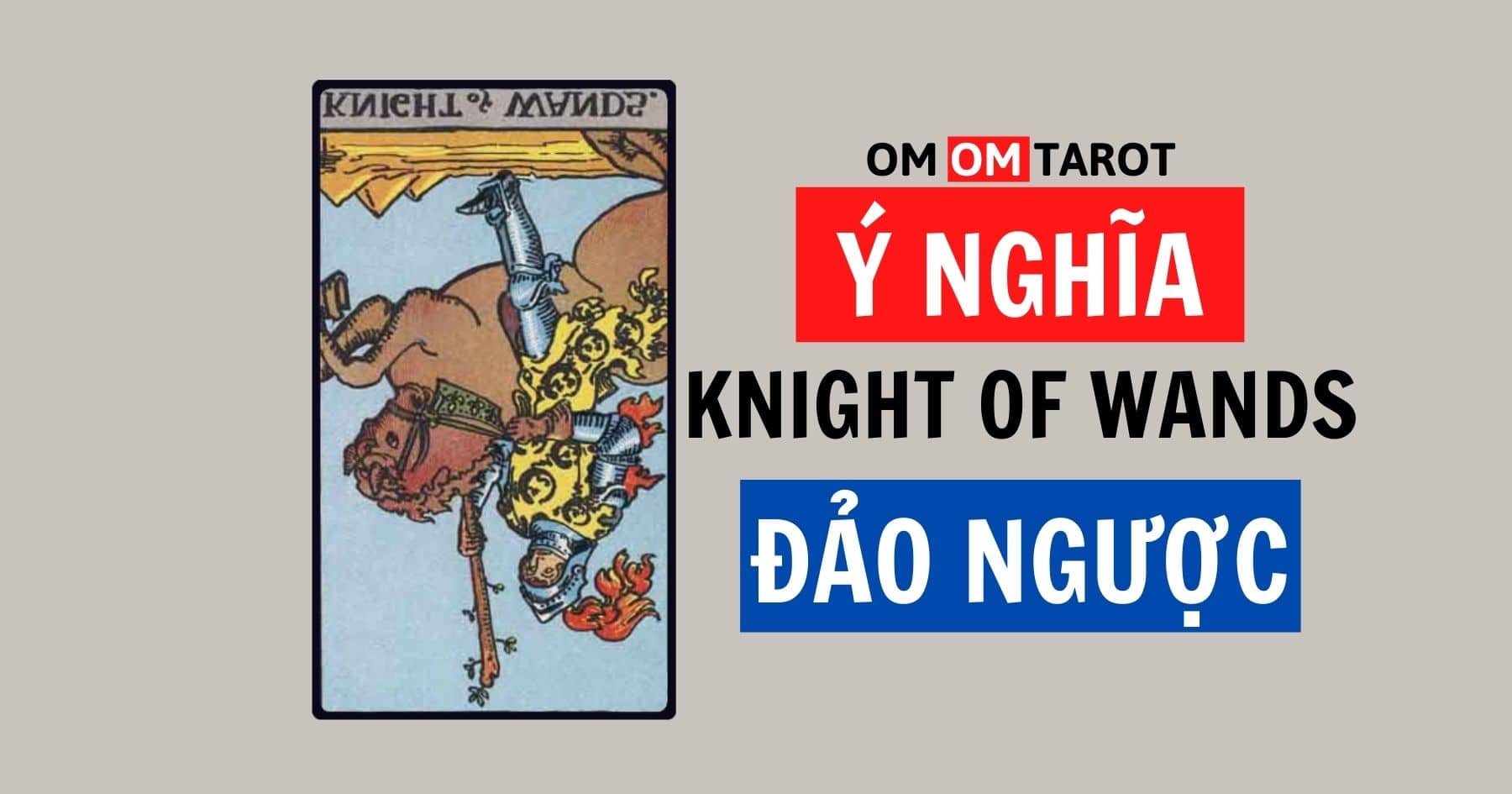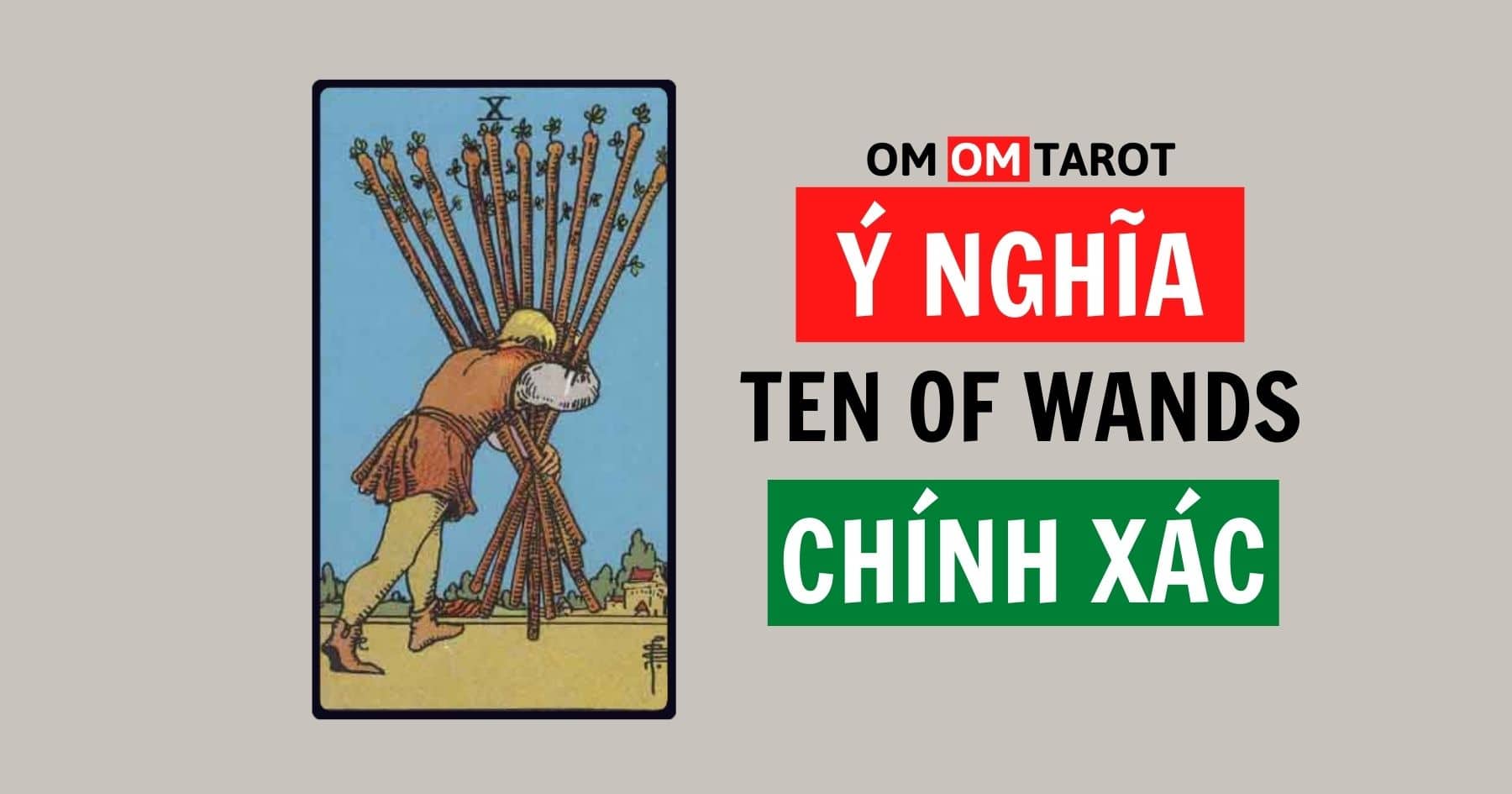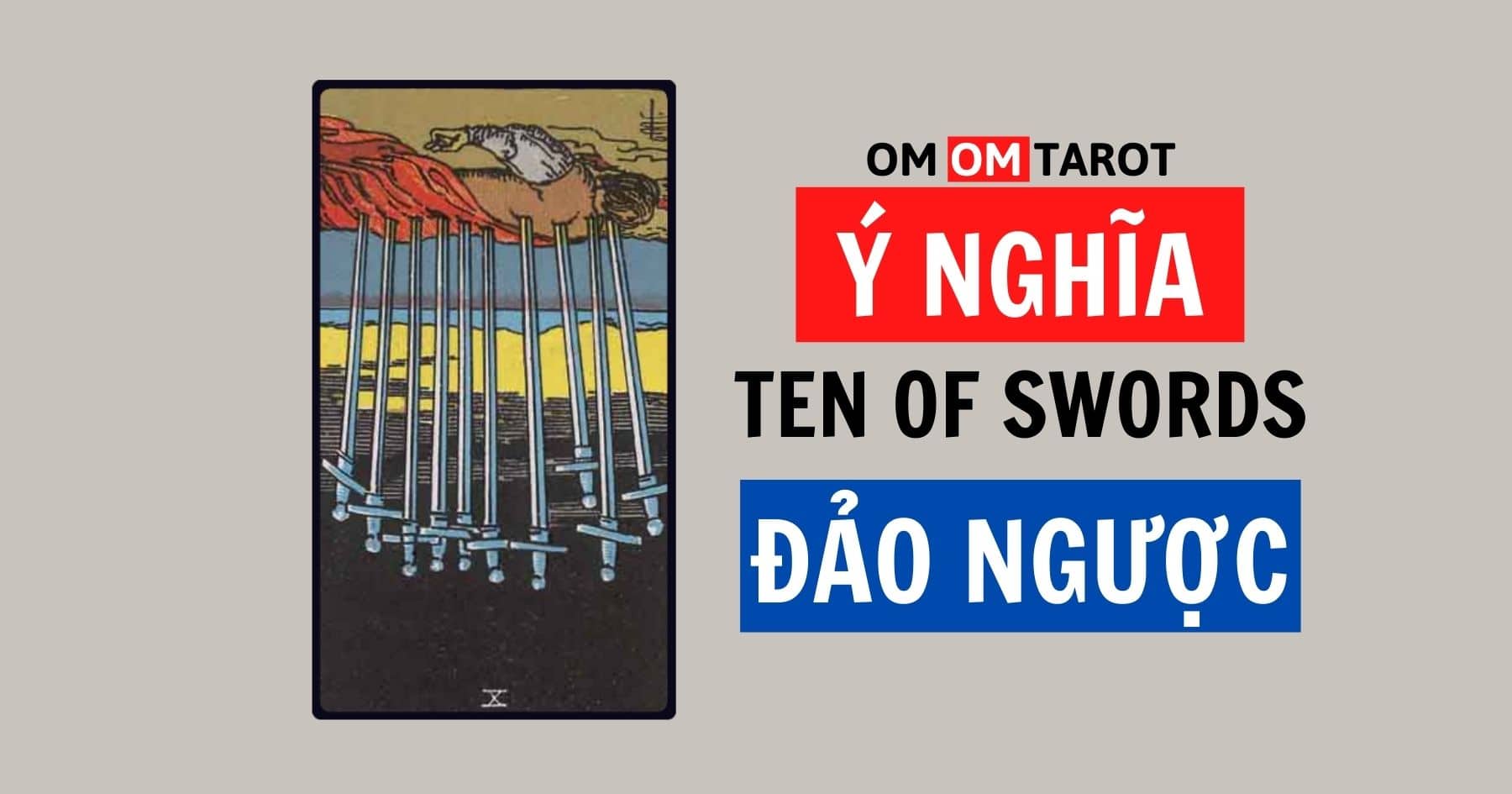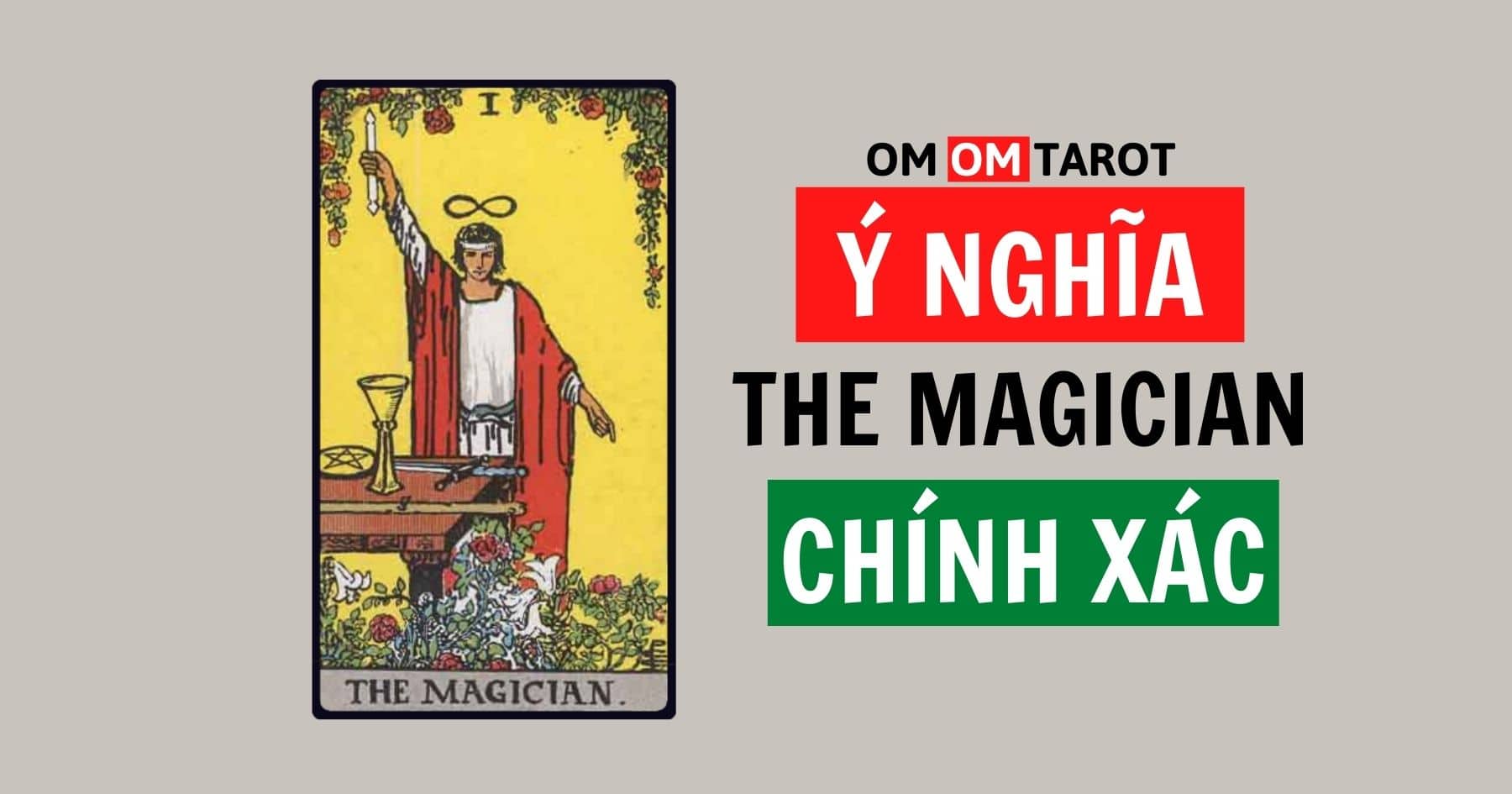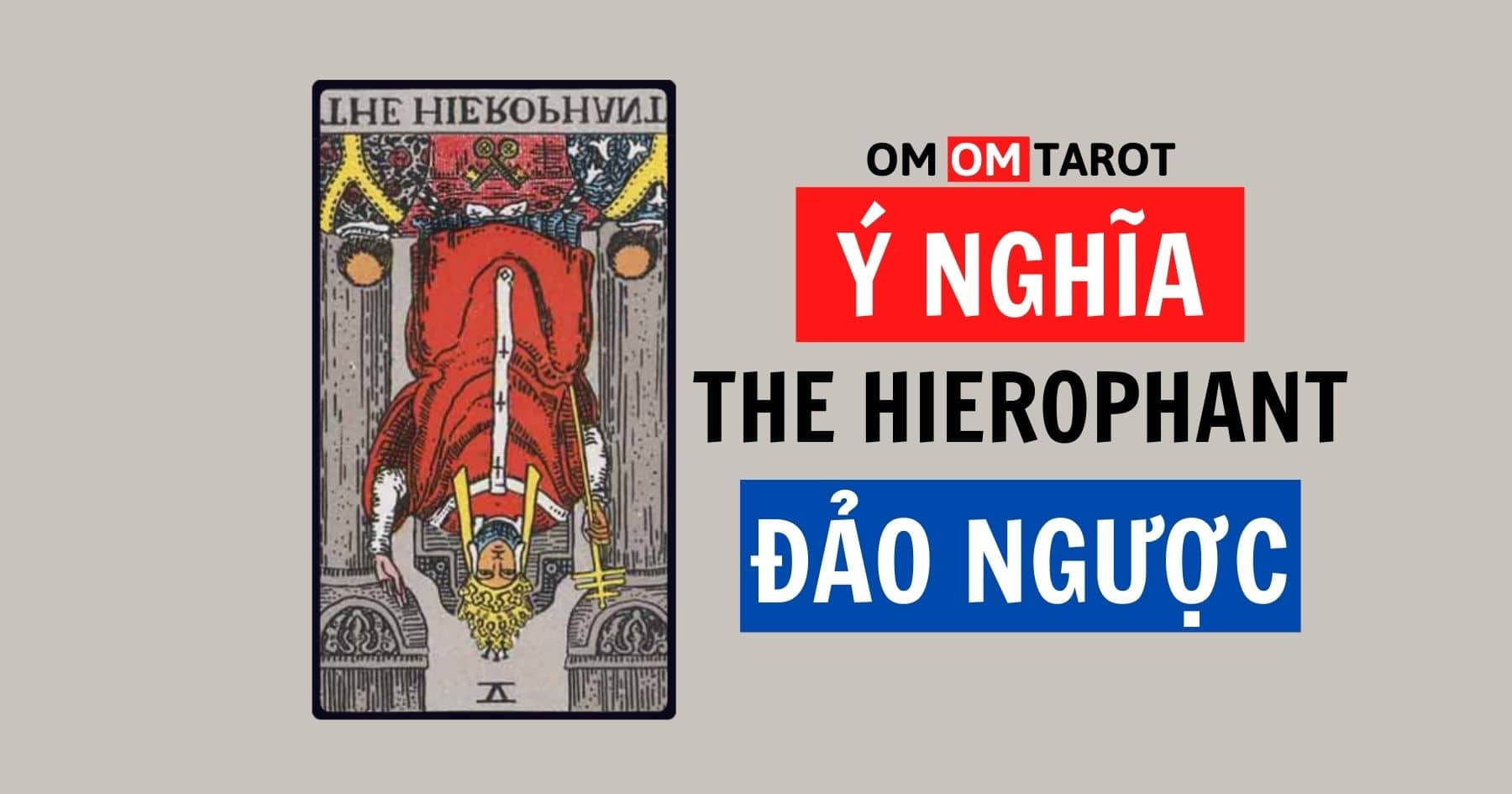Tarot Journaling: Your Daily Guide to Emotional Reset and Clarity
This guide explores the practice of tarot journaling as a daily tool. By combining daily tarot pulls with written reflection, individuals can navigate their emotions and achieve a state of emotional reset. This approach provides a path to gaining clarity on personal thoughts and feelings. Discover how consistent tarot journaling can support your emotional well-being and self-understanding.
Section 1: Introduction: What is Tarot Journaling and Why Start?
Tarot journaling is a simple yet powerful practice that blends the intuitive insights of tarot cards with the reflective process of writing. It involves pulling one or more tarot cards, often daily, and then writing down your thoughts, feelings, and interpretations related to the cards and your current circumstances. This isn’t about predicting the future, but rather using the symbolic language of the tarot as a catalyst for self-exploration. Starting this practice offers a dedicated space to connect with your inner world, process emotions as they arise, and gain clarity on challenges or decisions. It provides a structured way to check in with yourself daily, fostering emotional awareness and providing a gentle path towards emotional reset and deeper self-understanding.

Section 2: The Benefits: How Tarot Journaling Brings Emotional Reset and Clarity
Embracing tarot journaling as a regular practice offers profound benefits, primarily centered around achieving emotional reset and gaining clarity. By dedicating time each day to pull a card and reflect on its meaning in relation to your current feelings or circumstances, you create a structured space for emotional processing. This act of acknowledging and writing down your thoughts helps untangle complex emotions, preventing them from becoming overwhelming. The insights from the cards act as prompts, guiding you to look at situations from new perspectives, which naturally leads to greater clarity about your feelings, motivations, and potential paths forward. This consistent engagement fosters self-awareness, enabling you to navigate daily challenges with a calmer, more grounded emotional state, effectively ‘resetting’ your emotional equilibrium.

Section 3: Getting Started: Choosing Your Deck, Journal, and Setting Intentions
To truly embrace tarot journaling as a daily discipline for emotional reset and clarity, the first step is to prepare your tools and mindset. This begins with selecting a tarot deck that resonates with you. There are countless styles and themes available; trust your intuition when choosing one that feels right in your hands and visually appealing. Next, find a dedicated journal. This could be a physical notebook where you can freely write, draw, or paste, or a digital document or app. The key is to have a consistent space for your reflections. Finally, before your first entry, take a moment to set an intention for your journaling practice. What do you hope to gain? Clarity on a specific issue, emotional understanding, or simply a moment of daily introspection? Setting this intention helps focus your energy and makes the practice more meaningful as you begin your journey with tarot.

Section 4: Daily Practice: Simple Tarot Spreads and Prompts for Reflection
Building upon the foundation of preparing your tools and mindset, the daily practice of tarot journaling centers around selecting a simple spread and engaging in reflective writing. For beginners or busy schedules, a single card pull can represent the day’s overarching energy or a specific question. A common simple spread is the three-card layout, often used to explore past, present, and future, or situation, action, and outcome. After laying out your chosen cards, dedicate time to observe the imagery, symbols, and your initial emotional response. Use specific prompts to guide your reflection in your journal: What emotions does this card evoke? How does this card relate to a current situation or feeling? What action is suggested by this card? Consistent engagement with these simple spreads and thoughtful prompts transforms the daily pull into a powerful tool for gaining clarity and achieving emotional reset.

Section 5: Understanding the Cards: Interpreting Your Tarot Readings in Your Journal
Following your daily card pull or simple spread, the crucial next step in tarot journaling is interpreting what the cards reveal and capturing those insights on paper. This isn’t just about looking up standard card meanings; it’s about connecting those meanings to your current emotional state, questions, or daily experiences. As you look at each card, consider its traditional symbolism and how it resonates *personally* with you today. Write down initial thoughts, feelings, and any immediate connections that come to mind. Explore potential interpretations, even conflicting ones, and note how they might apply to your life. This process of active interpretation and written reflection deepens your understanding of both the cards and yourself, transforming a simple reading into a meaningful emotional exploration within your journal.

Section 6: Making it a Habit: Integrating Tarot Journaling into Your Daily Routine
Building on the insights gained from interpreting your daily card pull, the next vital step is establishing tarot journaling as a consistent daily practice. This isn’t about adding another burden to your day, but rather intentionally carving out a few dedicated minutes for self-reflection. Consider integrating it into an existing routine, perhaps alongside your morning coffee, during a quiet lunch break, or as part of your evening wind-down. Find a comfortable space where you won’t be interrupted. Consistency is key; even just five to ten minutes each day can create significant momentum, allowing you to build a deeper relationship with the cards and your inner landscape. Making this a non-negotiable part of your day transforms it from an occasional activity into a powerful, reliable tool for emotional processing and gaining clarity.




